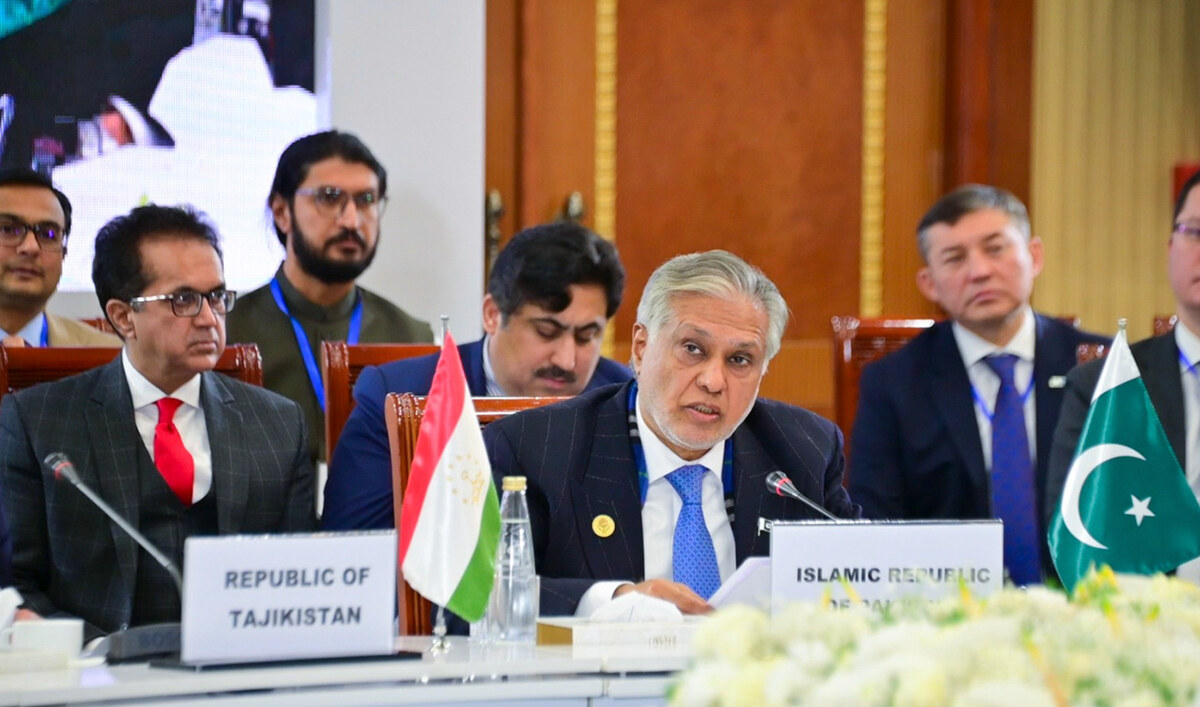LAHORE: As the sun rises over Lahore on a crisp November morning, the cityŌĆÖs iconic skyline fades into a thick grey haze. Commuters wear masks, schoolchildren cough in traffic jams as the pungent air bites the throat.
With Air Quality Index (AQI) readings soaring beyond 500 in several areas according to Swiss air monitoring agency IQAir, PakistanŌĆÖs cultural capital has once again been choked by this toxic mix of smoke and fog.
Every winter, LahoreŌĆÖs residents brace themselves for this suffocating season that disrupts routines, forces school closures and sends hospitals into overdrive. Amid record-high pollution levels this year, the provincial government in Punjab, of which
Lahore is the capital, claims it is fighting back harder than ever before. Residents, however, find little respite.
ŌĆ£Every year, we see a spike in respiratory illnesses between October and January. Even people who were healthy start complaining of sore throats, burning eyes, and headaches,ŌĆØ says Ayesha Shahbaz, a local general physician.
She demanded the government take more rigorous measures to control the crisis.
Sana Zulfiqar, a 24-year-old resident, is also tired of the air pollution.
ŌĆ£Because of smog, we experience coughing and breathing problems, which is why weŌĆÖve started wearing masks,ŌĆØ she said.
On the streets of Lahore, famously called ŌĆśthe City of Gardens,ŌĆÖ the effects of smog are visible everywhere. Auto-rickshaw drivers wrap scarves over their faces, mothers tightly hold children in the smog-laden air, and doctors warn of rising cases of asthma and bronchitis.
ŌĆÖA PERFECT STORMŌĆÖ
Meteorologists describe LahoreŌĆÖs recurring smog as a ŌĆ£perfect stormŌĆØ of climatic and man-made factors.
ŌĆ£The main contributors include polluted easterly winds, stagnant air, cooler temperatures, and the temperature inversion layer that traps pollutants close to the ground,ŌĆØ says Farid Bhutta, a senior official at the Pakistan Meteorological Department (PMD).
ŌĆ£Add to that vehicular and factory emissions and seasonal crop burning, and the result is inevitable.ŌĆØ
The cityŌĆÖs geography adds to the crisis, according to Bhutta.
ŌĆ£[Lahore] is surrounded by agricultural areas and industrial belts,ŌĆØ Bhutta explained. ŌĆ£When winds are calm or blowing from specific directions, they trap the pollutants inside. However, when westerly waves move in, they help reduce the smog effect.ŌĆØ
Plain areas of PakistanŌĆÖs Punjab are prone to thick smog every winter as cold, heavy air traps construction dust, vehicle emissions and smoke from agricultural fires.
ŌĆ£This current situation is related to the Himalayan range,ŌĆØ he said. ŌĆ£All cities along this range, from Lahore to Delhi, face calm weather during these four months. ItŌĆÖs like when your kitchen exhaust fan stops working; the suffocation builds up inside.ŌĆØ
Climatologist Dr. Yunus Zahid said the common practice of burning crop residue, particularly in IndiaŌĆÖs Punjab, also contributes to smog in Lahore, which lies just 24 kilometers from the border.
ŌĆ£Crop residue burning in neighboring regions significantly affects our air quality,ŌĆØ he said. ŌĆ£The environment doesnŌĆÖt recognize borders. Even if we do everything perfectly, pollution from our neighbors still reaches us.ŌĆØ
ŌĆÖNOTHING WILL EVER CHANGEŌĆÖ
The Punjab Environmental Protection Agency (EPA) says they have undertaken one of the most aggressive anti-smog drives this year.
ŌĆ£We have installed emission control systems in industries, converted brick kilns to zigzag technology, and reduced industrial emissions by 70 percent,ŌĆØ Zafar Iqbal, the EPAŌĆÖs additional director general, said. ŌĆ£These steps have helped reduce total emissions by 41 percent, improving overall air quality.ŌĆØ
The agency has rolled out smog guns, water-spraying machines that settle airborne dust in high-pollution zones, and has begun vehicular emission testing, with daily booths checking cars and motorbikes. It has also deployed 41 air quality monitoring systems across Punjab, including 16 in Lahore, and introduced mobile laboratories to check fuel quality at petrol stations.
ŌĆ£Vehicles that fail the test are sent for maintenance, and only those that pass receive a green sticker,ŌĆØ Iqbal said. ŌĆ£About 83 percent of LahoreŌĆÖs smog comes from vehicular emissions.ŌĆØ
Though officials say the data shows mild improvement as LahoreŌĆÖs AQI readings in October were slightly lower compared to last year, residents call for a stronger response.
Adnan Raza, another resident, is tired of the recurring crisis.
ŌĆ£Every year, we hear about new measures, fines, or smog guns,ŌĆØ Raza lamented. ŌĆ£But by the time November comes, the same suffocating air is back.
ŌĆ£Sometimes, it feels like nothing will ever change.ŌĆØ















